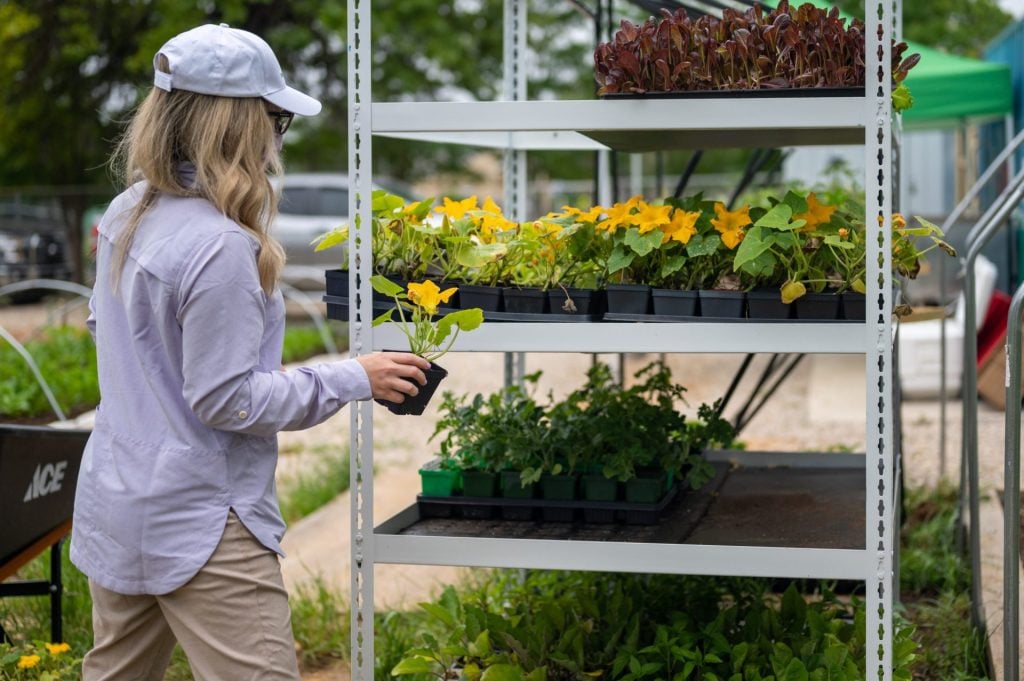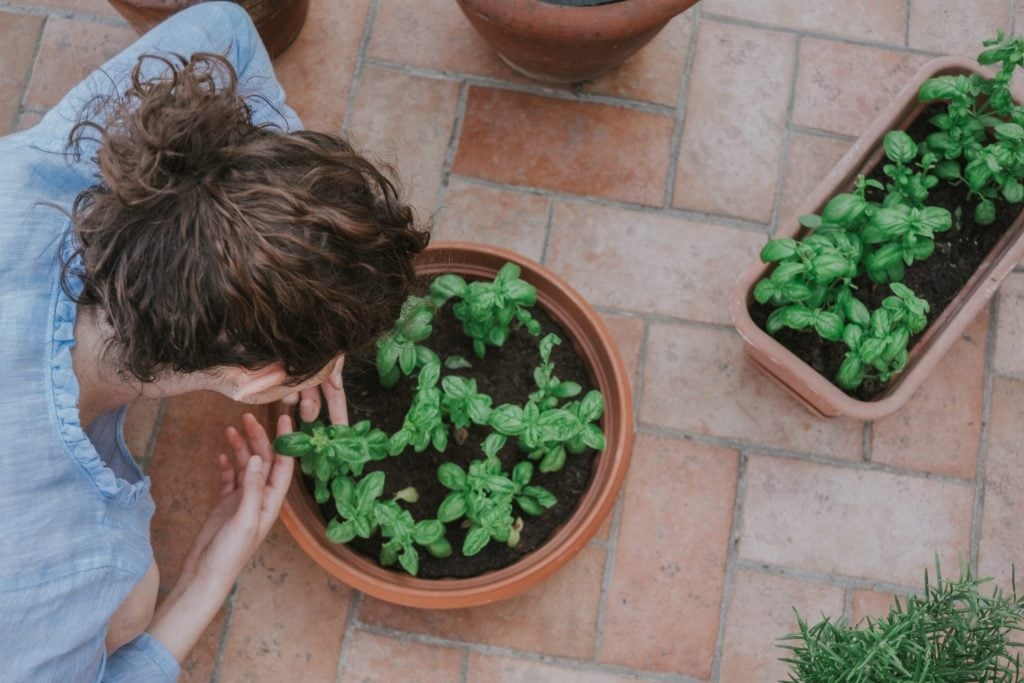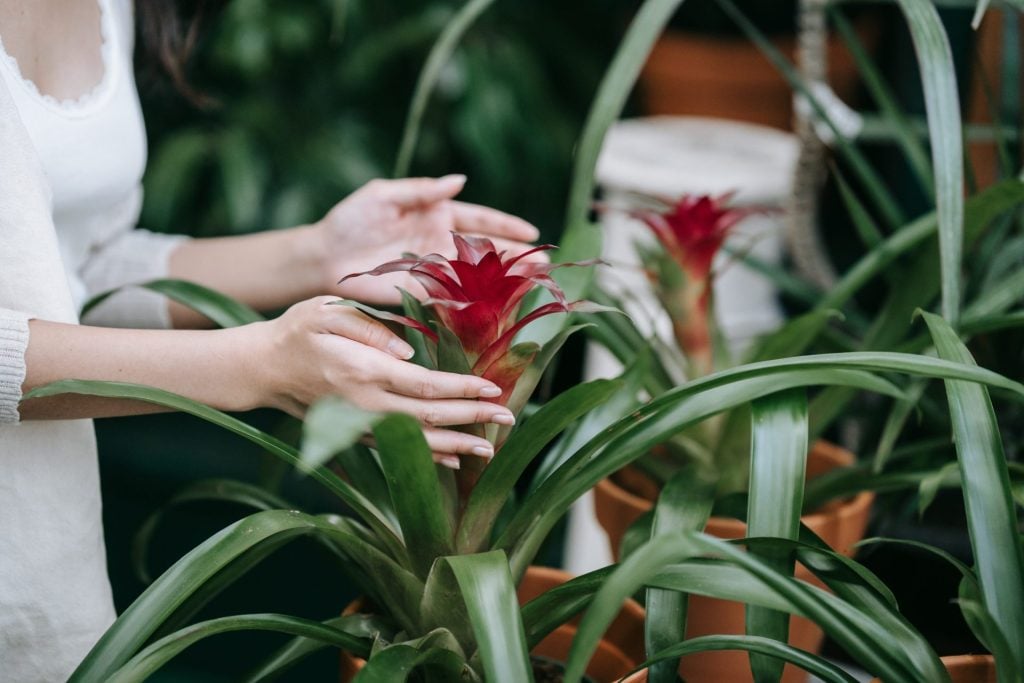BLOGS
Vertical Garden And Its Benefits
“Vertical gardens are a beautiful, space-saving, and environmentally friendly addition to our cities.”
A well-kept garden filled with beautiful flowers and plants is something everyone would appreciate. Gardens are natural aesthetics that give the environment a new look. Many people want a garden, but there is little space for one with all the high-rise buildings surrounding us.
A vertical garden is one solution to this problem. Vertical gardens are a beautiful, space-saving, and environmentally friendly addition to our cities. If you would like to learn more about this trend in sustainable gardening, keep reading!
What is a Vertical Garden?
“Vertical garden” is an umbrella term that can refer to various vertical gardening setups on which hydroponic plants are grown. These one-of-a-kind structures can be attached to a wall and go by multiple names, such as plant walls, living green walls, and moss walls. Whatever you call them, these vertical plant structures can be as small as a picture frame or as large as an entire wall.
Vertical gardens are appealing because they save space and let us grow food or ornamental plants outside the traditional garden. It can draw attention to a specific area or hide an unappealing view. Moreover, it is also perfect if you create your vertical garden in your new home in Vista Alabang, perfectly capturing living in a beautiful community. With its charming streetscape, design, and luxury living, this lovely residential lot for sale draws inspiration from Southern Europe.

Benefits of Vertical Garden
Having a vertical garden is not only refreshing, but it has a lot of hidden benefits and advantages. Because of the numerous advantages, many businesses are investing in vertical gardens.
IT IS EASIER TO PICK
One of the many benefits of vertical gardening that many people overlook is that it makes harvesting easier. Vertical structures raise your crops to eye level, making harvesting more accessible. Furthermore, vegetables will hang down from their growing support, making them more visible.
IMPROVES AIR QUALITY
According to research, plants improve indoor and outdoor air quality by removing VOCs (Volatile Organic Compounds) and absorbing pollutants. Planting a vertical garden in a home with consistently poor indoor air quality has improved and purified the air. They occupy carbon dioxide from the air and let go of the oxygen we require.
CLEANER CROPS
Vertically grown food is also much cleaner than plants grown on the ground. Soil does not splash up on food grown vertically in container gardens or by trellising vines. Your garden will be healthier, your crops will be more productive, and you will spend less time weeding, feeding, spraying, and watering.
REDUCE ENERGY COSTS
The vertical garden helps to reduce energy costs. During summer, both interior and exterior vertical gardens help to cool the air. Evapotranspiration is the name given to this process. Through evaporation and transpiration, water moves from the surface of the earth to the air. This is called evapotranspiration.
Exterior vertical walls can help lower the temperature of the wall surface by up to fifty degrees Fahrenheit (50°F). As a result, there are actual energy conservation and cost savings from air conditioning.

ADDED BEAUTY AND PRIVACY
Vertical plant growth adds beauty and visual interest to the garden. Vertical structures and supports can create privacy, hide unsightly areas, or add garden rooms and secret spaces to your yard in beautiful ways.
LESSEN NOISE LEVELS
Plants have been used to reduce noise pollution along roads and highways; all of the plants you see on the road beautify it and help lower noise pollution because the plant leaves block high-frequency sounds, and their stems help reduce low-frequency noise.
MORE GROWTH IN LESS SPACE
Vining plants take up less space when grown on vertical supports rather than allowed to sprawl on the ground. Growing plants in vertical container gardens allow you to grow more in smaller areas, such as your deck or patio.
Best Plants for Vertical Gardens
Proper plant selection is critical in designing and operating vertical living wall gardens. This guide will assist you in determining the best plants for your living wall.
Ferns
They are a popular garden plant due to their adaptability and resistance to humidity. Ferns are very easy to grow and spread quickly. Sword, blue star, and bird’s nest ferns are the easiest to grow. Ferns tend to grow downward, so supplement them with other covering plants. Ferns are the only land plants with two separate living structures, so the ferny plant we see in the bush produces spores, and when those spores are released, they do not grow back into a new ferny plant. They develop into a tiny plant known as a gametophyte.
Bromeliads
Because most bromeliads have shallow roots and require little growing space, they are ideal plants for vertical gardens. Their vibrant leaves and long-lasting flowers can complement your vertical garden. One feature distinguishing bromeliads is that many form their unique ecosystem. They constantly collect moisture, with their long leaves funneling each droplet into a “cup” created by the rosette-shaped foliage of the plant.
Succulents
As its Latin name implies, this is a hardy succulent (‘always living’). Sempervivum is an alpine succulent that lives between rocks and crevices. Succulent plants are drought-resistant plants with fleshy leaves, stems, or roots caused by the development of water-storing tissue. They are ideal interior plants for your home, where they can be displayed in the living room or on the library study table. Another great place to hang succulents near the window is the kitchen. Succulents add a green and fresh feel to offices and other commercial spaces.

Vines
Vine is any plant with trailing (climbing) stems, lianas, or runners. A vine has a growth form that is based on very long stems. It serves two functions. A vine may grow by utilizing rock exposures or other supports rather than investing energy in a large amount of supportive tissue, allowing the plant to reach sunlight with minimal energy investment.
Edible Plants
Fruiting vines such as kiwi and Siberian gooseberries, edible flowers such as vining nasturtiums, and vertical garden vegetables such as eggplant, squash, tomatoes, and lettuce adapt well to vertical planting.
Why are Vertical Gardens Perfect for Indoor Spaces?
Vertical gardens can disrupt vertical airflow, slowing and cooling the air inside the room. It means you won’t have to set your air conditioning units as high as you used to, lowering your energy consumption and saving money on your electric bill. According to studies, people with easy access to views of greenery or nature have higher levels of creativity and overall mental health. A green wall could provide you with the nature connection you seek.
Vertical gardening is a fun way to be more creative with your green space, whether you’re a beginner or not. You will increase your botanical knowledge and enjoy experimenting with design and aesthetics. You will also be able to have more plant varieties because they will take up less ground space. Lastly, the vertical gardening method can be used inside your home. As a result, you can quickly green up your conservatory by putting together a fantastic display with a well-designed indoor living wall.
Suggested Read: Low Maintenance Plants For Your Luxury Condominium
Suggested Read: How to Choose the Best Vertical Garden Plants
Suggested Read: The Lounge Life: Home Ideas For Indoors
Suggested Read: Why Own A Quadrille Townhouse in Sucat
Suggested Read: Pet-Safe Plants For Your Luxury Home
Suggested Read: The Where And Why Of Vertical Living















